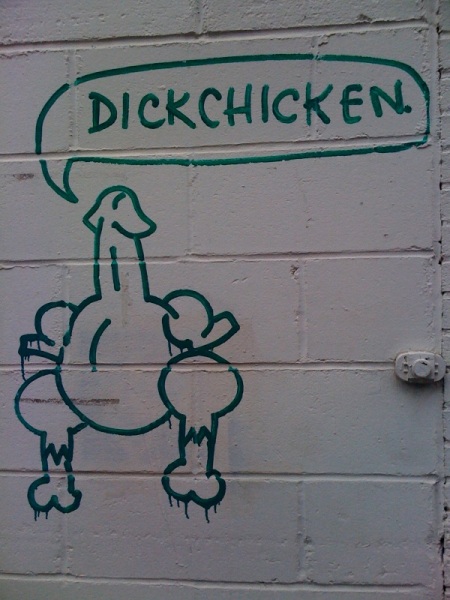Hi everyone,
I and a few others in our class attended the FASA event at Caprice’s house last night, where a guest artist Shawn Camp gave a small talk about his work. I found it interesting that like Daniel Dove, he really hammered on the importance of grad school to his development as an artist, calling it the second best decision of his life next to marrying his wife. If I understood him correctly, he feels that grad school provides something of a buffer between the artist and the real world, allowing the artist to push his or her artistic exploration in a way that more practical real world concerns would render much more difficult if not nearly impossible. Anyways, just thought I’d give a shot at reinvigorating this discussion. Hope to hear your thoughts.
-Anthony



 Posted by practio
Posted by practio 

